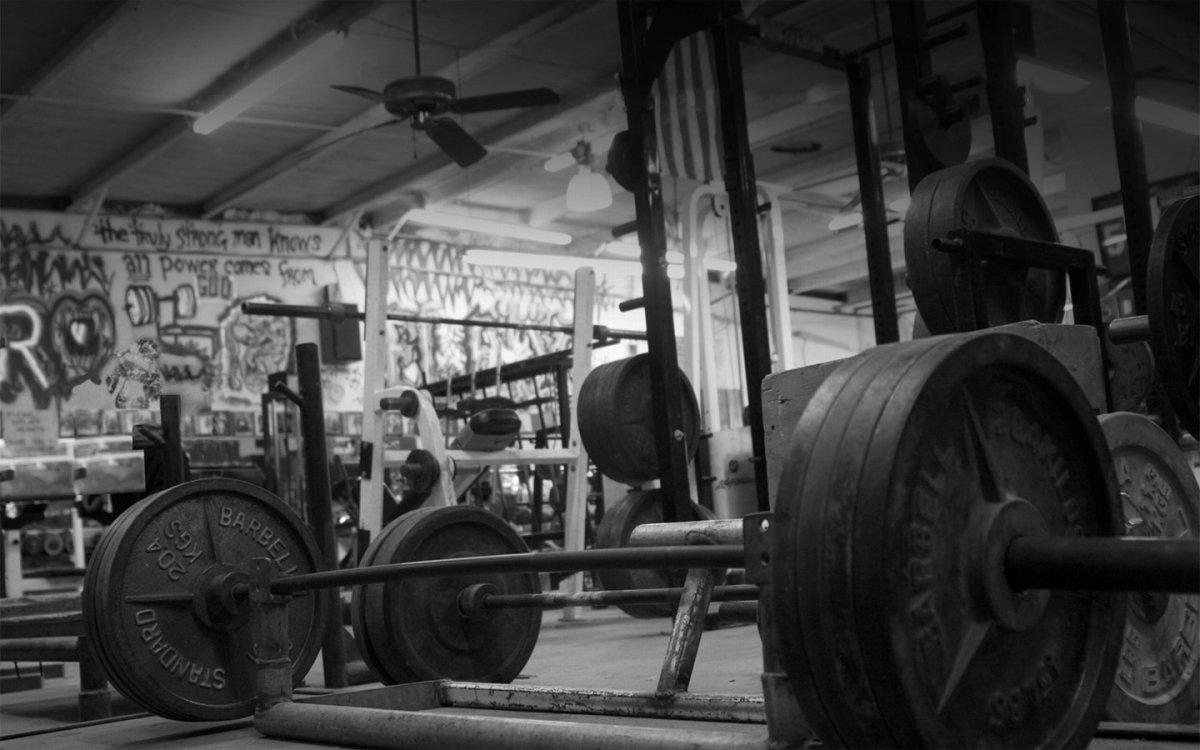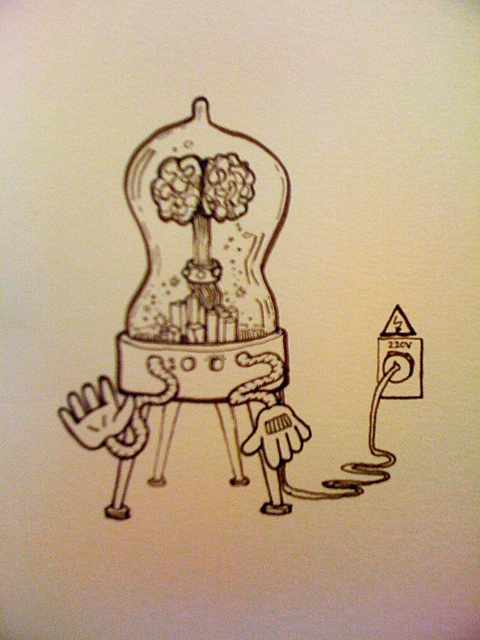“The Iron never lies to you. You can walk outside and listen to all kinds of talk, get told that you’re a god or a total bastard. The Iron will always kick you the real deal. The Iron is the great reference point, the all-knowing perspective giver. Always there like a beacon in the pitch black. I have found the Iron to be my greatest friend. It never freaks out on me, never runs. Friends may come and go, but two hundred pounds is always two hundred pounds.” – Henry Rollins
If only I had learned such truths in Philosophy class. Instead, these words lurked deep within the textbook for a Strength Training course at West Point. It is the only time I’ve felt thankful to their Department of Physical Education.
I didn’t’ fully appreciate this quote when I first read it. You have to lift heavy weights consistently for a few years to grasp the depth in Rollins’ prose. For those who haven’t spent much time lifting weights, I’m going to share a story that demonstrates the pervading truths in Rollins’ writing, and what the Iron comes to mean in a lifter’s life.
In the fall of 2016, I spent 10 days in a hospital’s psychiatric ward. I admitted myself because of recurring suicidal tendencies that became more than I could bear alone. In the nights leading up to the hospitalization, I would dream that I was carrying out my suicide plan. During the day, I would perform at a high level at work, joke around with my friends, and make plans for the weekend. There were few, if any, outward signs that I was inches from taking my own life.
My time in the hospital was rough. It wasn’t a bad facility, but I had never felt so alone. The one hour of visitation at night was the only intelligent conversation I got all day. There was also a patient with gang tattoos who kept threatening to kick my ass (although part of me wished the motherfucker would try), and another who, during my first three days there, kept attempting to grab my junk when no one else was looking. My nightmares switched from suicide attempts, to this deeply insane patient having her way with me. It was a weird time.
On my first day out of the hospital, things didn’t get much better. I was taken right to the behavioral health doctors on Fort Huachuca. There, they informed me I would face a Medical Evaluation Board. My orders to Fort Drum and the 10th Mountain Division were rescinded, and I lost the assignment I had been so excited for.
But that wasn’t all. A Medical Board is serious business, and my entire Army career was in jeopardy. I asked what my chances were of being retained by the service. The doctors were hesitant to answer, so I took a direct approach.
“How many times have you seen a soldier with Bipolar disorder be retained after a Medboard?”
Their answer: never, after more than 20 years in military medicine. It looked like I would be kissing my dream job goodbye.
After that appointment was over, I checked in with my supervisor. He told me to report to work the next day, and that left me with the rest of the afternoon to process everything: the mental trauma of a rough hospital stay, which included repeated threats of violence and attempts of sexual battery, that I would be stuck in Arizona until the Medical Board was over, and the beginning of the end to my Army career.
It’s a lot to deal with all at once. How does a young man begin to process all this? There were few options.
First, I could have talked it all over with family and friends, especially because I had seen so little of them in the hospital. Even then, the visitations were hardly private, considering the woman who kept trying to grab my junk at dinner was sitting 10 feet away.
Food was another option. The hospital nutrition was atrocious, and I hadn’t had a good meal in 10 days. Although we were 12 miles north of the US-Mexico border, the town had a Culvers, and I would have strangled a kitten for a triple-bacon-cheddar ButterBurger.
And although it was ill-advised, alcohol was a third option. I could have sat down and thought everything over with a whisky or two (or ten). Some say it’s the best medicine on earth.
I chose none of the above. I went straight to the gym, put a bar on my back, and squatted my ass off. When that was done, I took some weight off the bar and pressed it overhead for some heavy sets of five. Then I put the bar on the floor, loaded it up, and deadlifted to the point that I nearly collapsed. I usually record my weights from the day into a meticulous training log, but at the time, I just didn’t give a shit. The only thing in my mind was the Iron.
When done, I drove to a gas station, bought a quart of whole milk, and chugged it in the parking lot. I sat for a moment in my car and took a deep breath. I felt good for the first time in weeks, at peace, like nothing mattered in those seconds. I drove back to my place, cleaned up, and got food with my family
I had a friend in the iron long before these events transpired. I had a friend in the iron in the months following, and I have a friend in the iron today. It is ever-present in a lifter’s life. Whether I was working 12 to 14 hours a day as a soldier, or in my far less-stressful job at the gym, the iron was there. Whether my friends and family were in town, or across the country, the iron was there. Whether I felt on top of the world, or that life had shattered to pieces, the iron was there.
I’m sharing this to demonstrate what the Iron comes to mean in life. Rollins describes it as “the great reference point, the all-knowing perspective giver.” His words are beyond accurate. The Iron is forever there for you, patiently waiting like an old friend, constant, unchanging, one. For this, and this alone, I will always have a friend in the iron.
Thanks for reading. Now get off the toilet.
Featured image from mantrailuminacao.com.br.


 (A photo of my weekly beef-purchase from Walmart. Those tubes are five pounds each. There’s a reason vegans hate me.)
(A photo of my weekly beef-purchase from Walmart. Those tubes are five pounds each. There’s a reason vegans hate me.)

